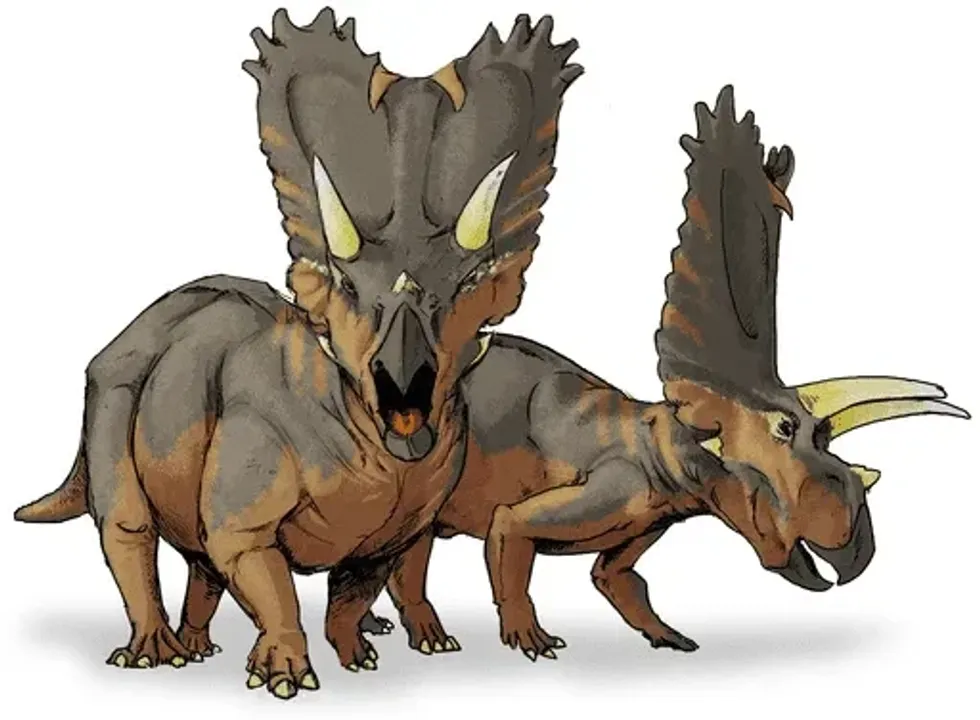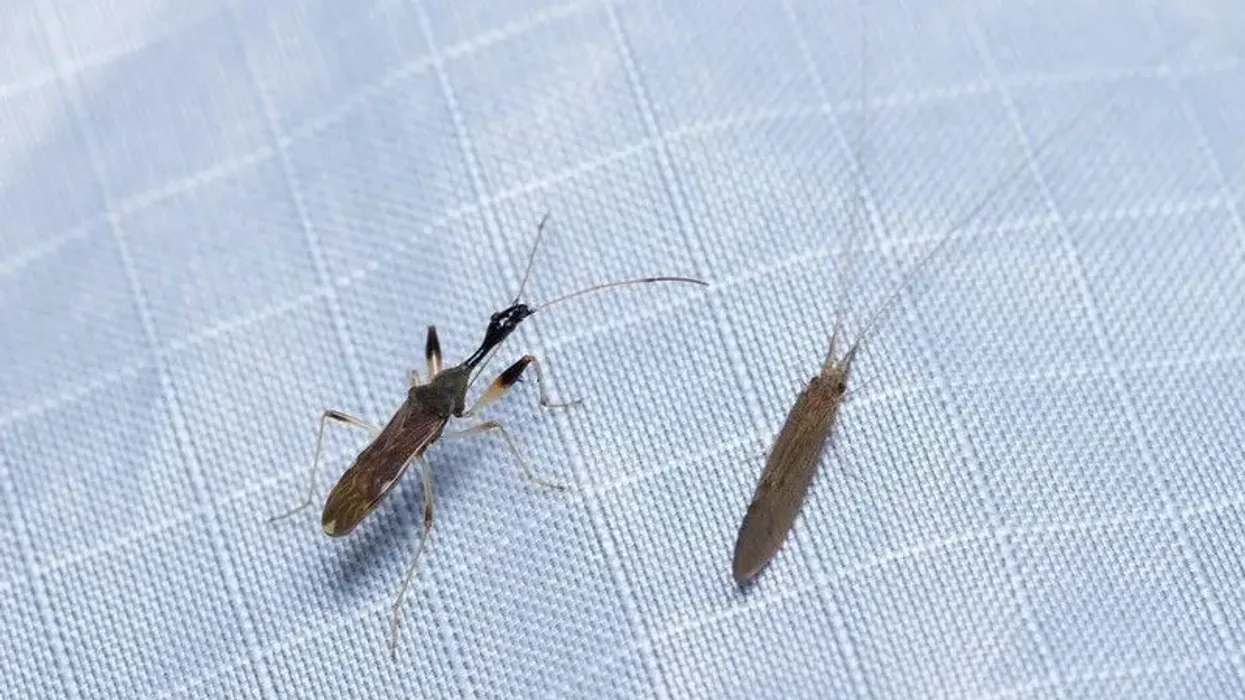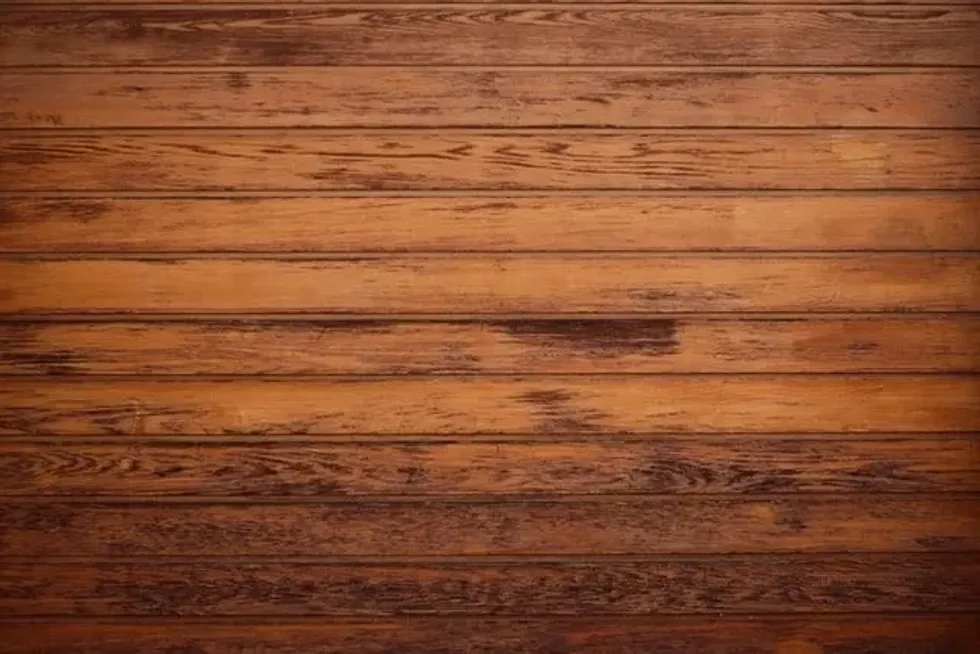Do you love learning new fun facts about cool insects? Then you will love the hardwood stump borer beetle!
An insect belonging to the Cerambycidae family and Arthropoda phylum, the hardwood stump borer beetle is a wood-burrowing insect that is native to the American states of Alabama, Georgia, Louisiana, Mississippi, North Carolina, Virginia, Florida, California, Iowa, and Texas and is known by the scientific name Mallodon dasystomus.
Characterized by their shiny black body and violet hues that can be caught in the sun, the hardwood stump borer beetle is a very active insect, and can always be seen flying around in the Summer season (June and July). True to their name, these insects are highly dependent on trees and use them for food, shelter, and nesting.
These insects are relatively safe and generally don't bite humans.
However, they are active breeders and can cause an infestation if not controlled. Read further to dwell into the interesting little world of the hardwood stump borer beetle, and do check out our longhorn beetle and Rhinoceros beetle articles!
Hardwood Stump Borer Beetle Interesting Facts
What type of animal is a hardwood stump borer beetle?
The hardwood stump borer beetle is a land insect.
What class of animal does a hardwood stump borer beetle belong to?
The hardwood stump borer beetle belongs to the Arthropod phylum.
How many hardwood stump borer beetles are there in the world?
The exact population of the Mallodon dasystomus is unknown. However, they are a common species and are found only in North America.
Where does a hardwood stump borer beetle live?
Hardwood stump borer beetles are native to the southern belt of the United States of America and are found in the states of Alabama, Georgia, Louisiana, Mississippi, North Carolina, Virginia, Florida, California, Iowa, and Texas.
What is a hardwood stump borer beetle's habitat?
Hardwood stump borer beetles are found in areas with a lot of trees, woods, rocks, and sandbars. The larvae of this species often live inside tree barks and eat the wood as they develop.
Who do hardwood stump borer beetles live with?
These insects live in closely knitted groups. They often form a colony of sorts and keep mating to produce more larvae. As a result, this can often lead to an infestation in your house or garden.
How long does a hardwood stump borer beetles live?
Hardwood stump borer beetles have an average life cycle of three to four years.
How do they reproduce?
These insects are oviparous in nature, which means that they reproduce by laying eggs. The mating season for these insects begins in late summer, from June to July. The female beetle lays her eggs in tree barks, and when they hatch, the larvae grow and feed on the tree. These beetles are also known to lay their eggs underground.
What is their conservation status?
Hardwood stump borer beetles are a common insect found in North America and hence, are considered to be of Least Concern. However, activities such as deforestation and climate change pose a threat to this species.
Hardwood Stump Borer Beetle Fun Facts
What do hardwood stump borer beetles look like?
The Mallodon dasystomus is a shiny black colored beetle with a hint of dark violet and purple hues. They also have sharp pincers and are usually around 2 in (50mm) long. Males and females of this species have noticeable differences, with male beetles having long antennae and narrow bodies and female beetles having shorter antennae and rounder bodies.
How cute are they?
How cute these beetles are depend on whether you are an insect lover or not, but humans generally tend to stay away from these beetles due to their cockroach-type appearance and their sharp pincers.
How do they communicate?
These insects use a combination of chemical signals and sound to communicate with one another. They often rub their legs or pincers together to make sounds. They can also sense the chemical signatures of prey and other members of the same family.
How big is a hardwood stump borer beetle?
The Mallodon dasystomus can grow anywhere between 0.7-2 in (20-50 mm). This makes them three times smaller than an average Chihuahua in length.
How fast can hardwood stump borer beetles move?
Although the exact speed of the Mallodon dasystomus is not known, they are considered to be extremely fast. This species can both crawl and fly very quickly and are often found moving around and flying.
How much does a hardwood stump borer beetle weigh?
The exact weight of a hardwood stump borer beetle is unknown. However, by comparison to other beetles of the same length, it can be speculated that these insects weigh around 1.2-1.7 oz (35-50 g).
What are the male and female names of the species?
There are no specific names for males and females of this species. Adults of this family are simply referred to as either male or female.
What would you call a baby hardwood stump borer beetle?
Baby beetles are referred to as grubs or juveniles.
What do they eat?
These insects are predatory in nature and eat smaller insects, ants, and insect eggs. When these insects are developing, they eat bark.
Are they harmful?
Hardwood stump borer beetles (Mallodon dasystomus) are considered to be a non-threatening species. They are not aggressive in nature and hence, are classified as not dangerous.
However, if you provoke members of this species, or handle them incorrectly, you could get bitten by their sharp, tough mandibles. Wood-boring beetles are not inherently harmful to humans as well, but they may damage wooden furniture.
Would they make a good pet?
No, these insects would not make good pets. They are considered to be pests and can cause infestations. In addition to this, they require large open spaces and plenty of tree bark.
Did you know..
This species (Mallodon dasystomus) is nocturnal in nature and is extremely active in the summer (June, July). They are almost always moving around, whether it is crawling on the ground or flying.
Since they are nocturnal in nature, they are most active during the nighttime. Hence, they are often drawn to bright lights and can enter your home if they find an opening.
Although these insects are not aggressive, they are active hunters. They are considered to be very predatory in nature and often grab hold of any insect they can find.
These insects are very dependent on trees for their survival. They have been observed to consistently lay eggs on the underside of tree barks during the summer. When the eggs hatch, they develop for years, eating the tree bark for sustenance.
How to get rid of hardwood stump borer beetles
This species is considered to be quite hard to get rid of and can be very stubborn. They only come out during the summer (June, July) and spend the rest of their time within them.
This makes it extremely hard to get rid of them. However, an effective method to get rid of these insects is by first finding their entry holes in the trees. Once you have located these holes, spray an insecticide inside them.
This causes them to scurry outside, after which you can kill them. Other bugs that also only come out in the summer include the green June beetle and the yellow jacket wasp.
Another method to curb the spread of these insects is to block these holes with ducktape. Although this does not immediately kill them, it prevents them from mating with other members of this family, which can eventually reduce their numbers.
Wood-boring beetles should be dealt in the same way. As they are attracted to moisture, keep everything dry, seal holes and throw infected furniture.
Hardwood stump borer beetles and tree wood
This species is very dependent on tree wood and spends years within the trees as larvae. They not only use these trees as shelter but also eat the tree bark for sustenance.
Adults of this species burrow a few inches deep into the bark and lay their eggs in the tree bark. As the larvae develop, they eat the tree bark. Eventually, they fully develop and leave the tree bark during the summer (June, July).
When it is not summer, they stay within the tree bark. Other borer insects include the weevil and the jewel beetle.
Here at Kidadl, we have carefully created lots of interesting family-friendly animal facts for everyone to discover! For more relatable content, check out these eastern Hercules beetle facts, or ten-lined June beetle facts pages.
You can even occupy yourself at home by coloring in one of our free printable Hardwood stump borer beetle coloring pages.










